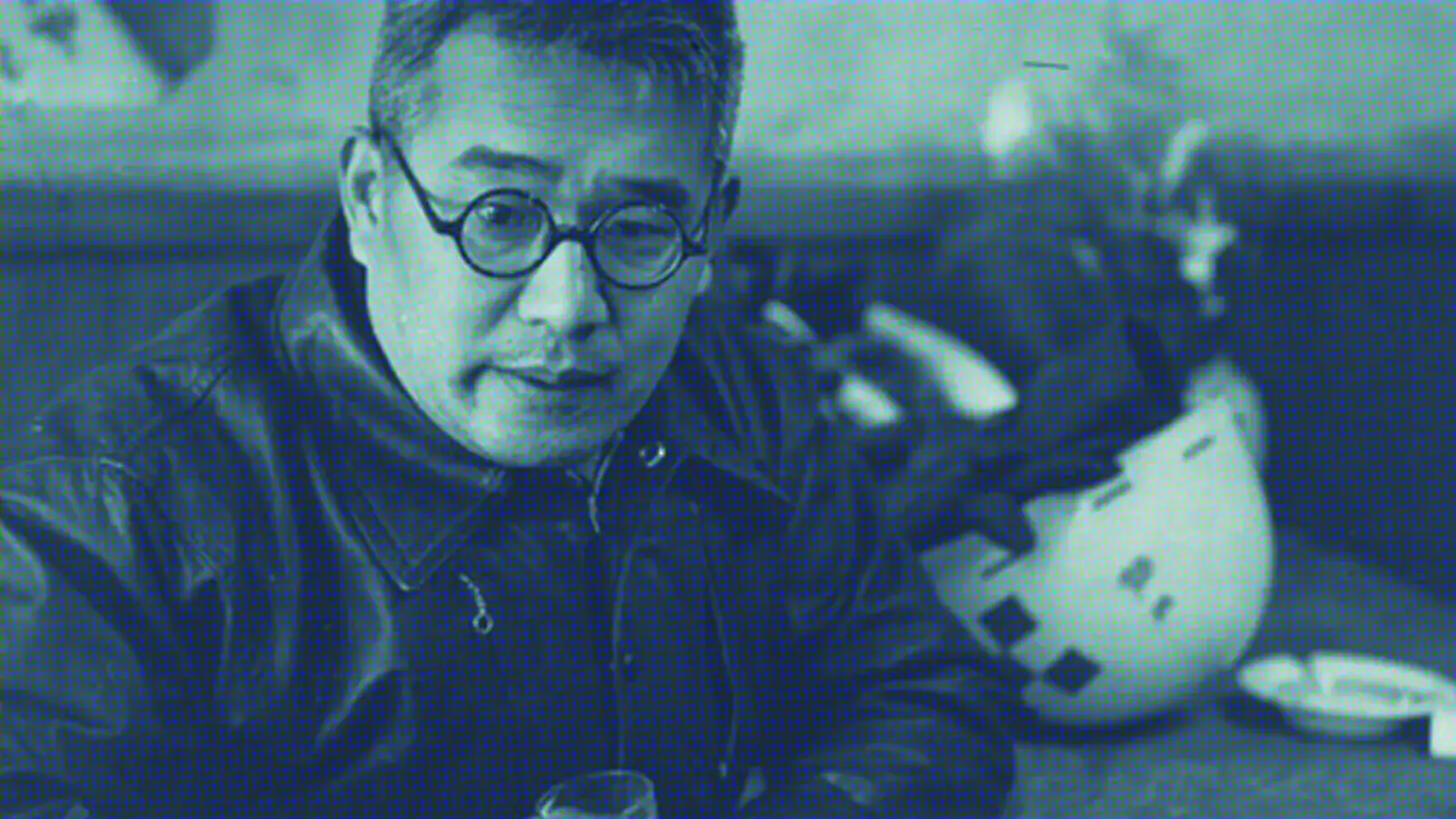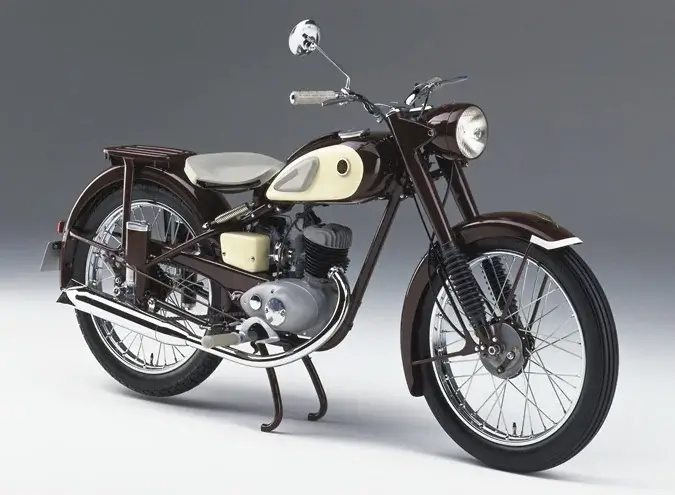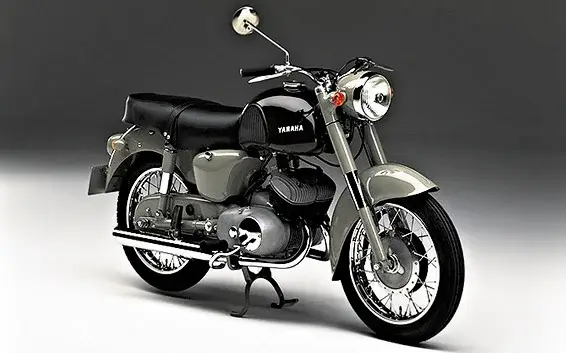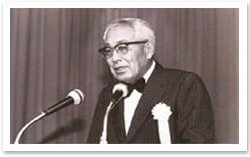Genichi Kawakami
Genichi Kawakami was the first son of Kaichi Kawakami, the third-generation president of Nippon Gakki (musical instruments and electronics; presently Yamaha Corporation). Genichi studied and graduated from Takachiho Higher Commercial School in March of 1934. In July of 1937, he was the second Kawakami to join the Nippon Gakki Company. He quickly rose to positions of manager of the company's Tenryu Factory Company (musical instruments) and then Senior General Manager, before assuming the position of fourth-generation President in 1950 at the young age of 38.
In 1953, Genichi was looking for a way to make use of idle machining equipment that had previously been used to make aircraft propellers. Looking back on the founding of Yamaha Motor Company, Genichi had this to say "While the company was performing well and had some financial leeway, I felt the need to look for our next area of business. So, I did some research." He explored producing many products, including sewing machines, auto parts, scooters, three-wheeled utility vehicles, and motorcycles. Market and competitive factors led him to focus on the motorcycle market. Genichi actually visited the United States many times during this period.
When asked about this decision, he said, "I had my research division chief and other managers visit leading motorcycle factories around the country. They came back and told me there was still plenty of opportunity, even if we were entering the market late. I didn't want to be completely unprepared in this unfamiliar business so we toured to German factories before setting out to build our first 125cc bike. I joined in this tour around Europe during which my chief engineers learned how to build motorbikes. We did as much research as possible to insure that we could build a bike as good as any out there. Once we had that confidence, we started going."





